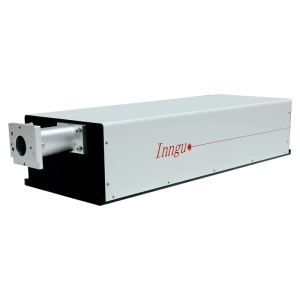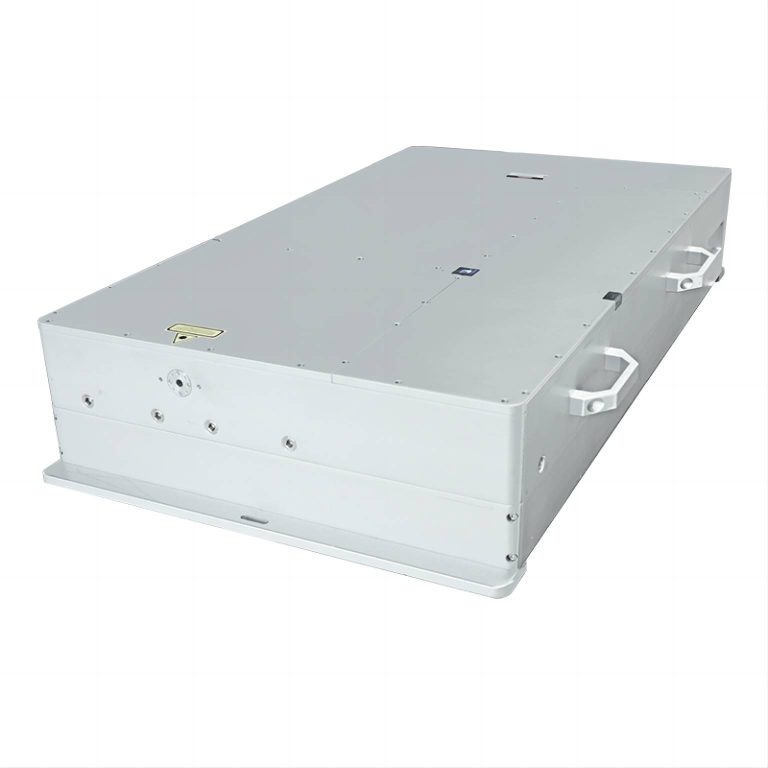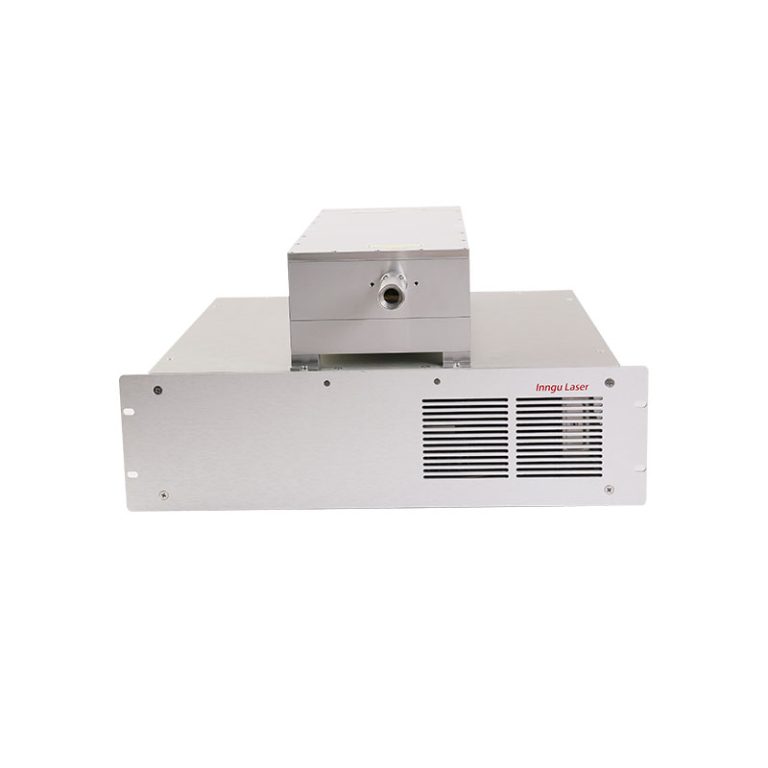In the realm of advanced manufacturing and cutting-edge industrial applications, the convergence of water jet technology with laser systems has led to the development of an innovative and highly precise method: Water Jet Guided Lasers (WJGL). This fusion of two powerful technologies, water jet cutting, and laser precision, has revolutionized various industries by offering unparalleled accuracy, versatility, and efficiency in material processing.
Understanding Water Jet Guided Lasers
Water Jet Guided Lasers represent a sophisticated integration of two distinct methods of material cutting. Traditionally, water jet cutting utilizes a high-pressure stream of water to erode or cut through materials. Meanwhile, lasers are known for their precision in cutting, engraving, and marking various materials.
The synergy between these technologies occurs when a laser beam is guided through a thin, high-velocity stream of water. This combination results in a highly concentrated and controlled cutting tool capable of processing a wide range of materials with exceptional precision.
Mechanism and Operation
The operation of Water Jet Guided Lasers involves the use of a high-powered laser combined with a specialized nozzle that emits a fine, focused stream of water. The laser beam is transmitted through an optical fiber to the nozzle’s focusing lens, where it is directed and aligned with the water jet.
As the laser beam passes through the water jet, it intensifies, harnessing the kinetic energy of the high-speed water flow. This intensified laser beam becomes an incredibly potent cutting tool, capable of precise material removal while leveraging the inherent advantages of both the laser and water jet technologies.
Applications Across Industries
- The versatility and precision of Water Jet Guided Lasers have found applications across a spectrum of industries, profoundly impacting manufacturing, aerospace, automotive, healthcare, and more.
- Manufacturing and Aerospace: In manufacturing, these systems excel in cutting and shaping various materials, including metals, ceramics, composites, and glass. Aerospace industries benefit from the ability of WJGL systems to create intricate and lightweight components crucial for aircraft design.
- Automotive Sector: In the automotive sector, WJGL systems are employed in the precise cutting of materials for body components, interior elements, and engine parts. The accuracy and efficiency of these systems contribute significantly to improved manufacturing processes and enhanced product quality.
- Medical and Healthcare: Additionally, WJGL technology has made significant inroads in medical device manufacturing, enabling the fabrication of intricate components for surgical instruments, prosthetics, and dental implants with exceptional precision.

Advantages and Capabilities
The integration of water jet technology with laser systems brings forth a host of advantages that set WJGL apart from conventional cutting methods.
- Precision and Accuracy: WJGL systems offer unparalleled precision, allowing for intricate cuts and fine detailing on a wide range of materials with minimal material waste.
- Versatility: These systems can handle a diverse array of materials, from soft textiles to hard metals, without compromising on precision or speed.
- Reduced Heat Affected Zone (HAZ): By utilizing the water jet’s cooling effect, the heat-affected zone during cutting is minimized, reducing the chances of material distortion or damage.
- Environmental Friendliness: Compared to some traditional cutting methods, WJGL systems produce less waste and eliminate the need for certain chemical treatments, making them more environmentally friendly.
Features of Water Jet Guided Laser
Water Jet Guided Laser (WJGL) systems represent a cutting-edge technology that merges the advantages of water jet cutting and laser cutting into a single, highly precise tool. These systems offer several distinctive features that set them apart in the field of material cutting and processing:
- Enhanced Cutting Speed: The combination of laser precision with the cutting force of a water jet stream results in faster cutting speeds compared to conventional methods. This increased speed and efficiency translate to higher productivity and reduced production times.
- Complex Geometry and Fine Detailing: WJGL systems excel in cutting complex shapes and intricate designs with high precision. The flexibility of the technology allows for the creation of intricate details and contours in various materials, enabling manufacturers to produce intricate parts and components.
- Minimal Material Wastage: The precise nature of WJGL cutting minimizes material wastage, contributing to cost-effectiveness and resource efficiency in manufacturing processes. This feature is particularly valuable when working with expensive materials or in situations where minimizing scrap is crucial.
- Automation and Software Integration: Advanced software and automation capabilities enhance the functionality of WJGL systems. Real-time monitoring, control, and adjustments of cutting parameters optimize cutting processes, ensuring consistent and accurate results across different materials and cutting requirements.
- Adaptability for Various Industries: From automotive and aerospace to medical and electronics, WJGL technology finds applications across diverse industries. Its adaptability to different materials and its precision make it a versatile solution for various manufacturing and cutting needs.
- Continual Advancements and Innovation: The field of Water Jet Guided Laser technology is continuously evolving. Ongoing research and development efforts focus on refining system designs, improving nozzle technology, enhancing software interfaces, and addressing operational challenges, aiming to make WJGL systems more accessible, efficient, and economically viable.
Conclusion
Water Jet Guided Laser Technology represents the pinnacle of precision and versatility in material cutting and processing. The fusion of water jet and laser technologies has opened doors to new possibilities across various industries, offering unprecedented levels of accuracy and efficiency.
As research and development continue to refine these systems and make them more accessible, the future of Water Jet Guided Lasers appears promising. Their impact on manufacturing, healthcare, aerospace, and numerous other sectors is set to expand, driving innovation and transforming the landscape of modern industrial processes.


